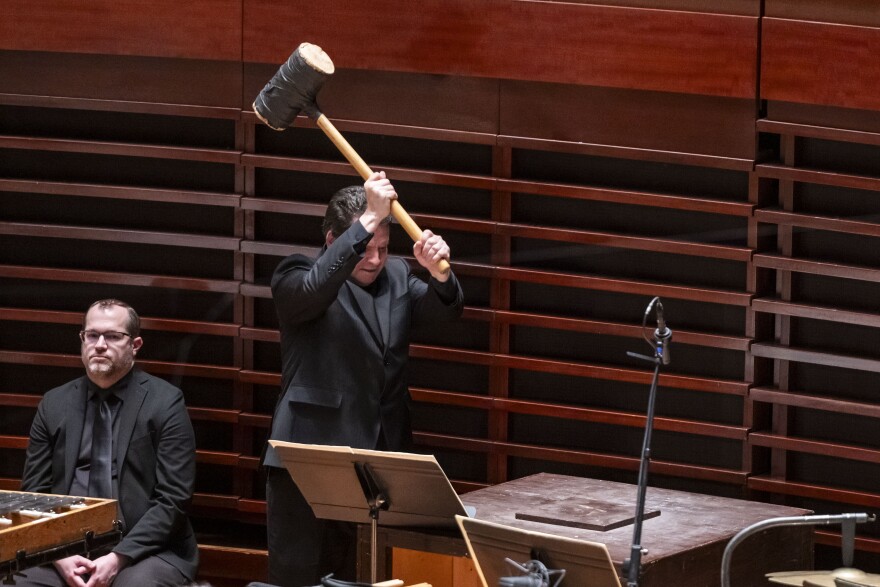Join us on Sunday, Jan. 18 at 1 p.m. on WRTI 90.1 and Monday, Jan. 19 at 7 p.m. on WRTI HD-2 as The Philadelphia Orchestra in Concert brings you Gustav Mahler’s massive Symphony No. 6 in A Minor — a work often called the composer’s “Tragic” Symphony. Music and Artistic Director Yannick Nézet-Séguin conducts.
Mahler’s Sixth is a paradox: a dark, even pessimistic work in spite of its extraordinary beauty — and in spite of the fact that as he worked on the score, his personal and professional life seemed extremely happy. In 1903, Mahler was enjoying an idyllic period. He and his young wife, the former Alma Schindler, were starting a family, and though he had received a worrying diagnosis of heart trouble, his professional career had reached its height. Nézet-Séguin says of Mahler that “artist geniuses like him always balance their work, and the way for an artist to balance, sometimes, is to write a happy piece when you’re sad and write a terribly tragic piece when you’re happy.”

Mahler worked on Symphony No. 6 over two summers in the lush countryside outside Vienna. Rarely for him, this symphony is structured on the classical four-movement model, and yet its massive scale and scope are exactly what one would expect from this composer. Each of the outer movements is a full half-hour in length, framing a dark Scherzo and an introspective Andante.
The opening movement, in an extended sonata form, presents a relentless march at first, yielding to a beautiful, soaring theme that Yannick calls “heartfelt and generous” and that is generally associated with Mahler’s wife, Alma. The Scherzo, too, has a march-like character, though in triple meter. The Andante, which Yannick characterizes as “almost innocent,” is a pensive respite from the darkness of the music around it.
In the turbulent finale, pessimism once again comes to the fore, despite passages of glorious lyricism. Mahler punctuated it with a few thunderous hammer blows that would come to be associated with tragic events in his life — some of which had not yet happened, so they could be viewed as premonitions. According to Alma’s later recollections, these blows represented the death of one of their daughters, the growing severity of Mahler’s fatal heart ailment, and his forced resignation as the artistic head of the Vienna Court Opera. (The iconic hammer is wielded here by Christopher Diveny, who has been principal percussion of The Philadelphia Orchestra since 2023.)

At the close of the Sixth, there is no redemptive triumph, as in other Mahler symphonies — only a kind of bleak despair. And yet, as Yannick notes, hearing this work is “a cathartic experience,” through which we can derive “the courage to… hope for a better world and better times.”
PROGRAM:
Mahler: Symphony No. 6 in a minor
The Philadelphia Orchestra
Yannick Nézet-Séguin, conductor
WRTI PRODUCTION TEAM:
Melinda Whiting: Host
Alex Ariff: Senior Producer and Broadcast Engineer
Listen to The Philadelphia Orchestra in Concert broadcasts every Sunday at 1 p.m. on WRTI 90.1, streaming at WRTI.org, on the WRTI mobile app, and on your smart speaker. Listen again on Mondays at 7 p.m. on WRTI HD-2. Listen for up to two weeks after broadcast on WRTI Replay.


